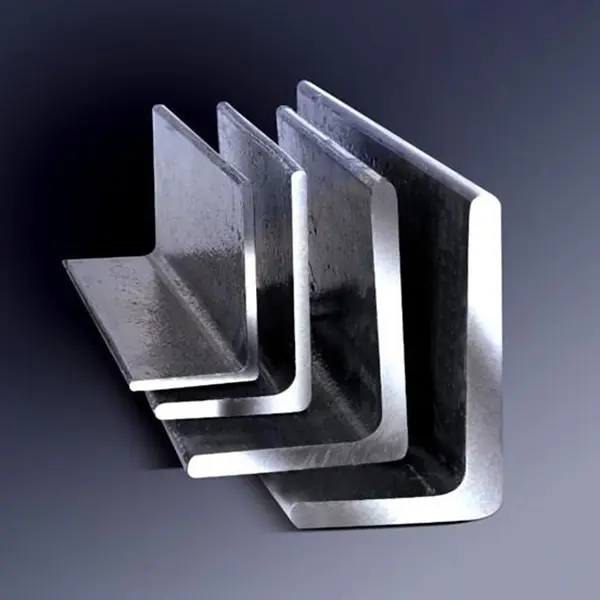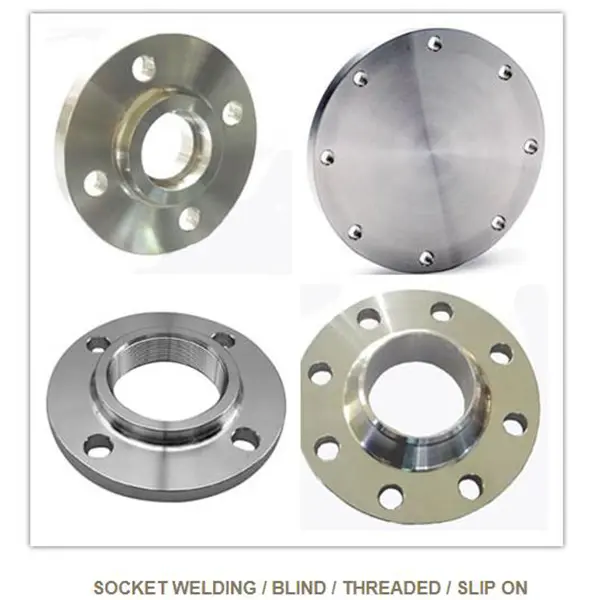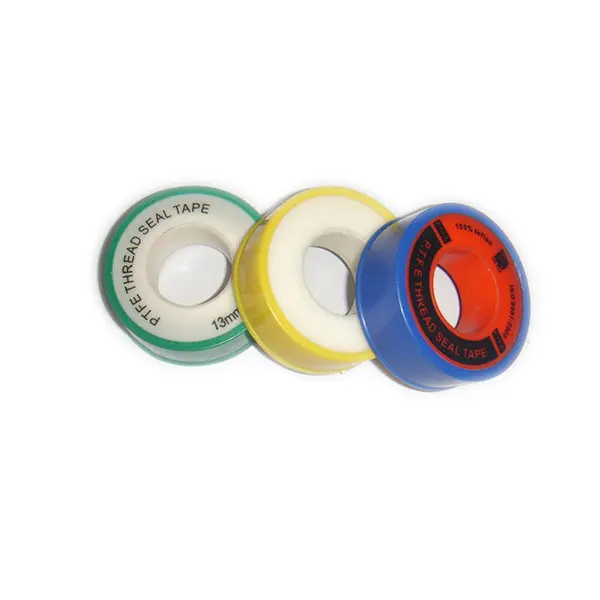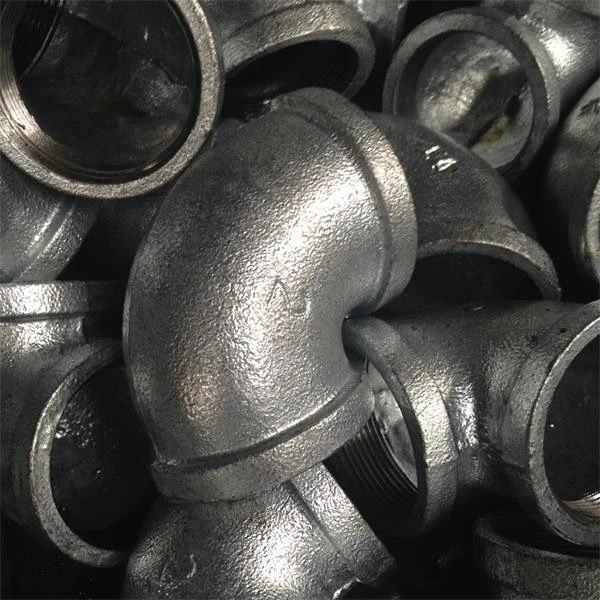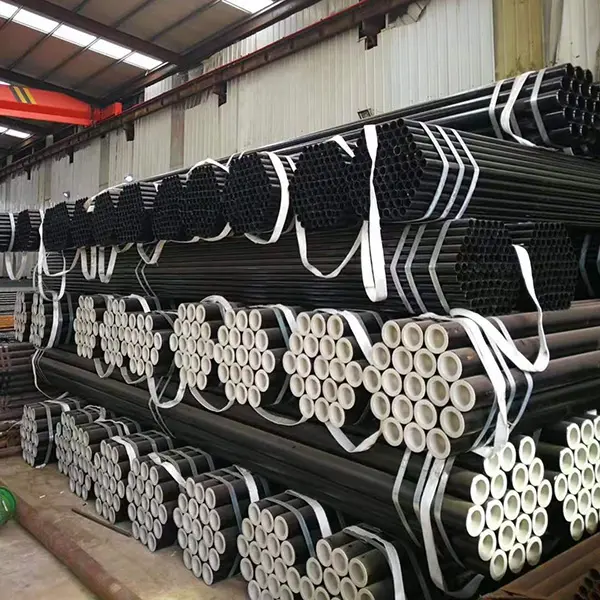Function of Pipe Fittings in Marine Environments
In marine and offshore engineering, pipe fittings serve the following purposes:
Direction control – using elbows and bends to route piping systems efficiently in confined spaces.
Flow distribution – using tees, crosses, and wyes to divide or combine fluid flows.
Diameter transition – using reducers and swages for different pipe sizes.
System connectivity – via couplings, unions, flanges, and adaptors.
Sealing and isolation – using caps, plugs, and valves to stop or control flow.
Pressure containment – with high-pressure-rated forged or welded fittings to ensure leak-free operation under extreme pressure.
These fittings must be compatible with piping systems handling water, air, oil, fuel, lubricants, chemicals, and even gases used in diving and firefighting systems.
Key Application Areas
Shipbuilding and Marine Vessels
Ships—including cargo vessels, tankers, cruise ships, and military vessels—contain complex piping systems that rely on durable and space-efficient fittings.
Common systems using pipe fittings include:
Seawater cooling systems (for engine and machinery cooling)
Ballast water systems (used to stabilize the ship)
Fuel and oil transfer systems
Firefighting and sprinkler networks
Compressed air and bilge systems
Potable water and waste treatment lines
Fittings in these systems are often made from corrosion-resistant materials such as copper-nickel, duplex stainless steel, or coated carbon steel, depending on the application. The confined spaces on ships require precision fittings, such as short-radius elbows and compact flanges.
Offshore Oil and Gas Platforms
Offshore platforms house multiple interconnected systems, including drilling, production, processing, safety, and living quarters. The pipe fittings used must perform reliably in a high-salinity, high-humidity, and often high-pressure environment.
Key applications include:
Hydraulic control lines for valve actuation
Produced water and crude oil pipelines
Gas flare and vent systems
High-pressure injection lines (water, gas, or chemical)
Firewater systems critical for safety and emergency response
In these systems, fittings are typically forged or butt-welded and are often made from corrosion-resistant alloys. NORSOK and API standards are often followed in these installations.
Subsea Pipelines and Infrastructure
Subsea pipelines transport oil, gas, and chemicals from offshore wells to processing units or storage. These pipelines are laid on the ocean floor, often at great depths, making durability and resistance to external pressure and corrosion absolutely essential.
Pipe fittings in subsea use must be:
Welded or forged with minimal leakage risk
Engineered for pressure compensation and resistance to marine growth
Equipped with anti-corrosion coatings or cathodic protection
Specialized subsea fittings are used in:
Risers and flowlines
Manifolds and jumper spools
Umbilical termination units
Pigging and inspection ports
Materials often include super duplex stainless steel, Inconel, or cladded carbon steel to withstand both mechanical stress and chemical exposure.
Material Considerations
Corrosion is the number one concern in marine and offshore applications. Therefore, material selection for pipe fittings is critical:
Copper-Nickel (CuNi): Common in seawater systems due to excellent corrosion resistance and biofouling resistance.
Duplex and Super Duplex Stainless Steel: Offers high strength and corrosion resistance, ideal for high-pressure and chloride-rich environments.
Carbon Steel with Coatings: Economical option for low-corrosion areas, often protected by epoxy, zinc coatings, or cathodic systems.
Titanium or Inconel: Used in the most extreme conditions where corrosion, pressure, and temperature resistance are all required.
Standards and Certifications
Pipe fittings for marine and offshore engineering must meet classification society standards and international codes, such as:
DNV (Det Norske Veritas)
ABS (American Bureau of Shipping)
Lloyd’s Register
BV (Bureau Veritas)
ISO 15590, ASME B16.9, API 5L, API 6A
Traceability, material test certificates (MTCs), pressure testing, and NDT (non-destructive testing) are often mandatory for offshore applications.
Challenges and Considerations
Saltwater corrosion: Constant exposure to seawater leads to accelerated metal degradation.
Space limitations: Marine installations often require compact and customized fitting designs.
Maintenance access: Fittings must be accessible and often include flanged connections for easier disassembly.
Pressure and vibration: High flow rates and moving equipment require vibration-resistant and fatigue-proof fittings.
Future Trends
With increasing offshore developments such as floating LNG (FLNG) platforms, deepwater oil fields, and renewable energy installations (offshore wind and tidal), the demand for high-performance pipe fittings continues to grow. Innovations include:
Prefabricated spool fittings for modular installation
Smart fittings with sensors for leak detection and pressure monitoring
Composite pipe fittings offering corrosion resistance and weight reduction
In marine and offshore engineering, pipe fittings are indispensable components that ensure the safe and efficient operation of complex piping networks. From shipboard cooling and ballast systems to subsea oil transportation and fire suppression on offshore platforms, these fittings must perform reliably under extreme conditions. The choice of materials, design, and standards plays a crucial role in determining their long-term performance. As offshore technologies advance and move into deeper waters and more remote locations, the role of high-quality, corrosion-resistant, and precision-engineered pipe fittings will only become more vital.
Warning: Undefined array key "array_images_sha2r_all" in /home/www/wwwroot/HTML/www.exportstart.com/wp-content/themes/1419/footer.php on line 117
Warning: foreach() argument must be of type array|object, null given in /home/www/wwwroot/HTML/www.exportstart.com/wp-content/themes/1419/footer.php on line 117




